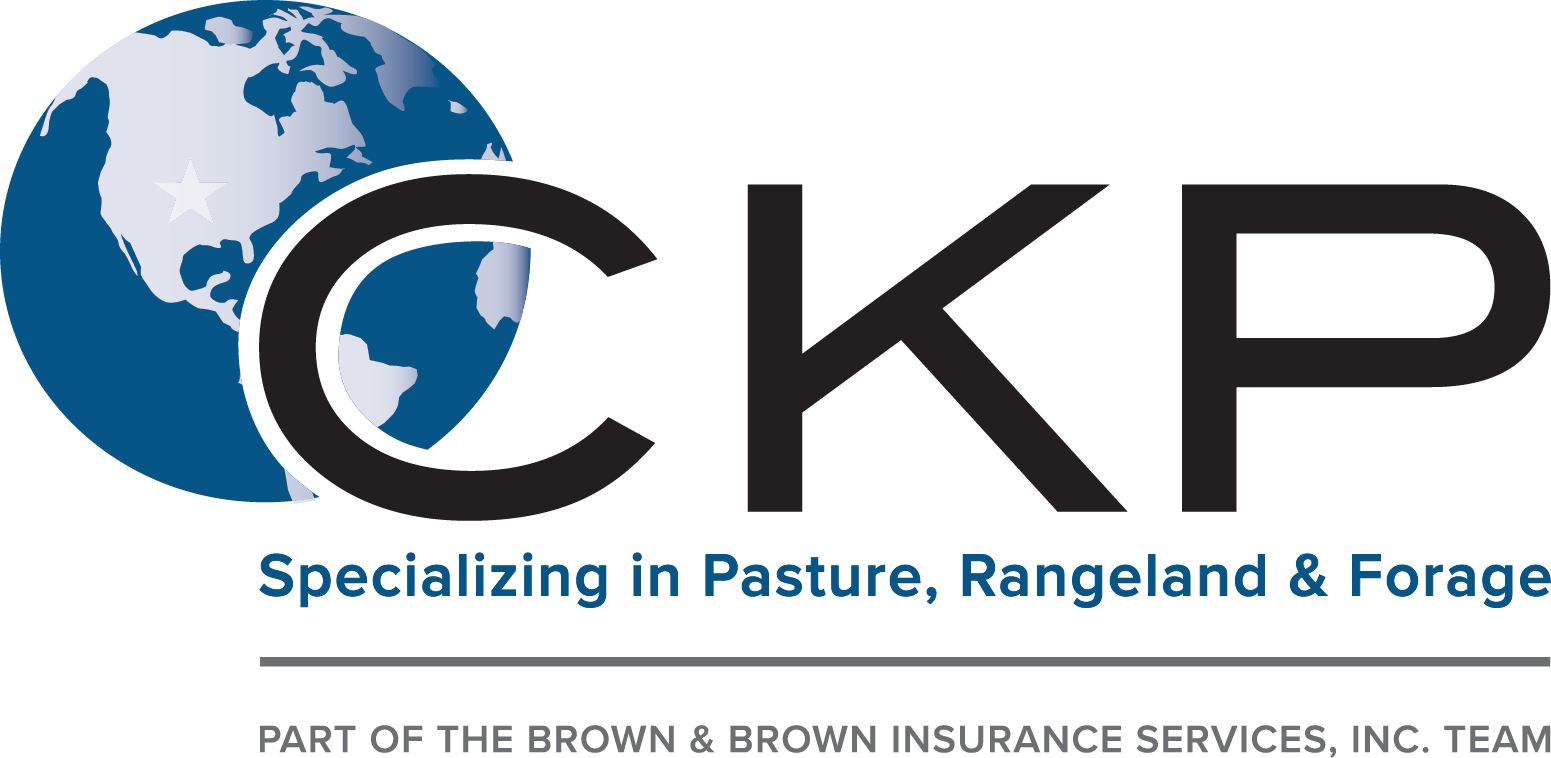Some Known Questions About Bagley Risk Management.
Some Known Questions About Bagley Risk Management.
Blog Article
Professional Advice on Threat Analysis and LRP Insurance Solutions

The Significance of Danger Evaluation
Reliable threat assessment is basic in the decision-making procedure of any organization, guiding critical planning and source allotment. By systematically determining, reviewing, and prioritizing possible threats, companies can prepare for obstacles, exploit on opportunities, and make notified choices to accomplish their purposes. Risk evaluation enables companies to proactively deal with vulnerabilities, reduce hazards, and enhance their risk management techniques.
Among the vital advantages of danger analysis is its role in improving functional efficiency. By recognizing the potential dangers that might impact different elements of business, companies can simplify processes, allot resources better, and lower the possibility of pricey disruptions. Risk analysis makes it possible for business to abide with regulatory requirements, protect their online reputation, and build count on with stakeholders.
Comprehending Potential Losses
To realize the effect of danger evaluation, it is crucial to comprehend the possible losses that might significantly affect an organization's operations and financial stability. Prospective losses can arise from various sources, consisting of all-natural disasters, financial declines, functional failures, regulative modifications, and cybersecurity violations. These losses can cause direct costs such as residential property damage, legal costs, and penalties, as well as indirect expenses like reputational damages and loss of market share.
Comprehending possible losses includes carrying out a thorough evaluation of the threats that might emerge and approximating the economic effect they may carry the company. By quantifying these prospective losses, companies can prioritize risk reduction initiatives and designate sources effectively. Moreover, an extensive understanding of possible losses allows companies to make informed choices when choosing threat monitoring strategies, such as acquiring insurance policy protection or implementing risk control actions. Bagley Risk Management.
Fundamentally, by identifying and understanding possible losses, companies can proactively take care of risks and secure their long-lasting sustainability and success.
Duty of LRP Insurance Policy Solutions
The integration of LRP insurance services within an organization's danger monitoring framework boosts resilience and fortifies economic stability against unforeseen hardships. LRP, or Loss Recuperation Item, insurance services play an important duty in mitigating the effect of possible losses by providing monetary security and assistance in times of crisis. These insurance coverage services are tailored to satisfy the details needs of companies, using insurance coverage for various dangers such as home damage, business disruption, obligation insurance claims, and a lot more.
By moving the monetary risk to an insurance provider, organizations can concentrate on their core operations with better peace of mind, knowing that they are protected against significant economic losses. Furthermore, LRP insurance options can enhance a company's risk monitoring technique by supplementing existing risk reduction steps and making certain detailed protection across all locations of prospective vulnerability.
Identifying Secret Threats
In the process of threat assessment, a vital step includes recognizing blog here essential threats that have the potential to affect a company's operations and monetary security. Identifying crucial dangers requires a detailed examination of inner and external variables that could position hazards to the organization's goals. Inner threats may include functional inefficiencies, compliance problems, or human source difficulties, while exterior risks might incorporate financial recessions, regulative adjustments, or natural disasters.

Moreover, vital risks must be regularly evaluated and updated to line up with the vibrant organization setting. This proactive approach enables organizations to stay ahead of possible threats and protect their lasting success.
Selecting the Right Protection
Having actually determined the crucial threats that might affect a company's operations and monetary stability, the following vital action entails carefully picking the appropriate insurance coverage to properly take care of and minimize these threats. When it comes to selecting the right protection, organizations require to consider their particular threat site web direct exposure, monetary capacities, and strategic purposes. It is necessary to carry out a detailed examination of the available insurance alternatives to make sure that the chosen insurance coverage lines up with the organization's threat management goals.

Organizations needs to work carefully with experienced insurance coverage specialists to evaluate their danger accounts and identify the most ideal insurance items to resolve their needs. Tailoring insurance policy protection to specific risks can assist maximize protection while lessening unneeded prices. Additionally, organizations must assess policy conditions carefully to comprehend the level of coverage provided and any type of prospective exclusions that might affect their threat reduction techniques.
Conclusion
Finally, threat assessment is critical in recognizing prospective losses and picking the appropriate LRP insurance coverage solutions. By understanding crucial dangers, businesses can reduce monetary effects and secure their possessions. It is vital to carefully analyze and analyze dangers to make sure proper protection is in place. Expert guidance can aid browse the intricacies of danger evaluation and insurance solutions, providing businesses with the necessary devices to successfully Full Report handle and reduce risks.
Specialist support plays a critical role in this procedure, supplying important insights right into identifying and evaluating risks, as well as purposefully selecting ideal insurance protection tailored to minimize those dangers effectively. A thorough understanding of prospective losses makes it possible for organizations to make enlightened decisions when choosing danger administration strategies, such as buying insurance policy protection or executing danger control measures.

Report this page